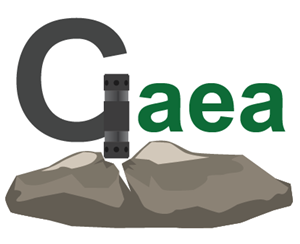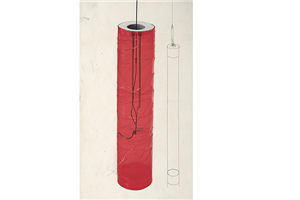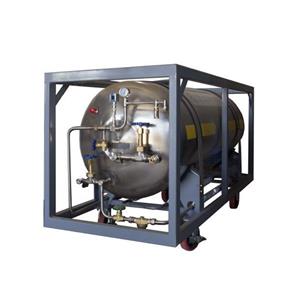Advantages of using CO2 rock blasting technology in tunnel mining
How effective is CO2 rock blasting technology in tunnel mining
Rock crushing effect:
Crushing uniformity and controllability: In tunnel mining, CO2 rock blasting technology can achieve better rock crushing uniformity. By reasonably arranging the drilling position and controlling parameters such as the filling amount of carbon dioxide, the rock can be crushed in the expected direction and degree. For example, in the drilling holes around the tunnel contour, the filling amount can be appropriately reduced to allow the rock to produce finer cracks, so as to better control the formation of the tunnel and reduce over-excavation and under-excavation. This controllability is critical to ensure tunnel quality, especially in the construction of urban subway tunnels or high-speed railway tunnels with high precision requirements.
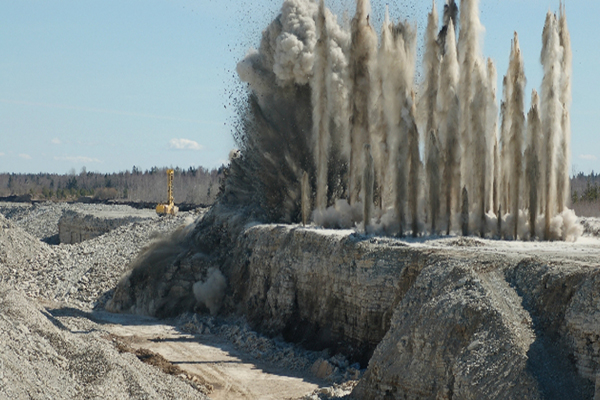
Crushing efficiency and rock type adaptability: The effect of CO2 rock blasting technology varies for different types of rocks. In tunnel mining of brittle rocks (such as granite, limestone, etc.), its crushing effect is usually better. The high-pressure gas generated by the vaporization of liquid carbon dioxide can quickly expand in the cracks and weak parts inside the rock, causing the rock to break quickly. However, for rocks with strong toughness (such as shale), it may be necessary to optimize the fracturing parameters, such as increasing the number of fracturing devices, adjusting the borehole spacing, or increasing the CO2 filling pressure, to achieve the ideal crushing effect. However, in general, it can effectively crush rocks without using explosives, providing convenience for tunnel excavation.
Impact on the stability of tunnel surrounding rock:
Reduce the degree of surrounding rock disturbance: Compared with traditional blasting methods, CO2 fracturing produces less vibration and shock waves. This is because CO2 fracturing uses gas expansion to break rocks, and the energy release is relatively gentle. During tunnel mining, smaller vibrations mean less disturbance to the tunnel surrounding rock. For example, in tunnel projects that pass through weak surrounding rock or broken zones, this technology can reduce the risk of surrounding rock collapse caused by blasting vibration, help maintain the original stability of the surrounding rock, and thus improve the safety of tunnel construction.
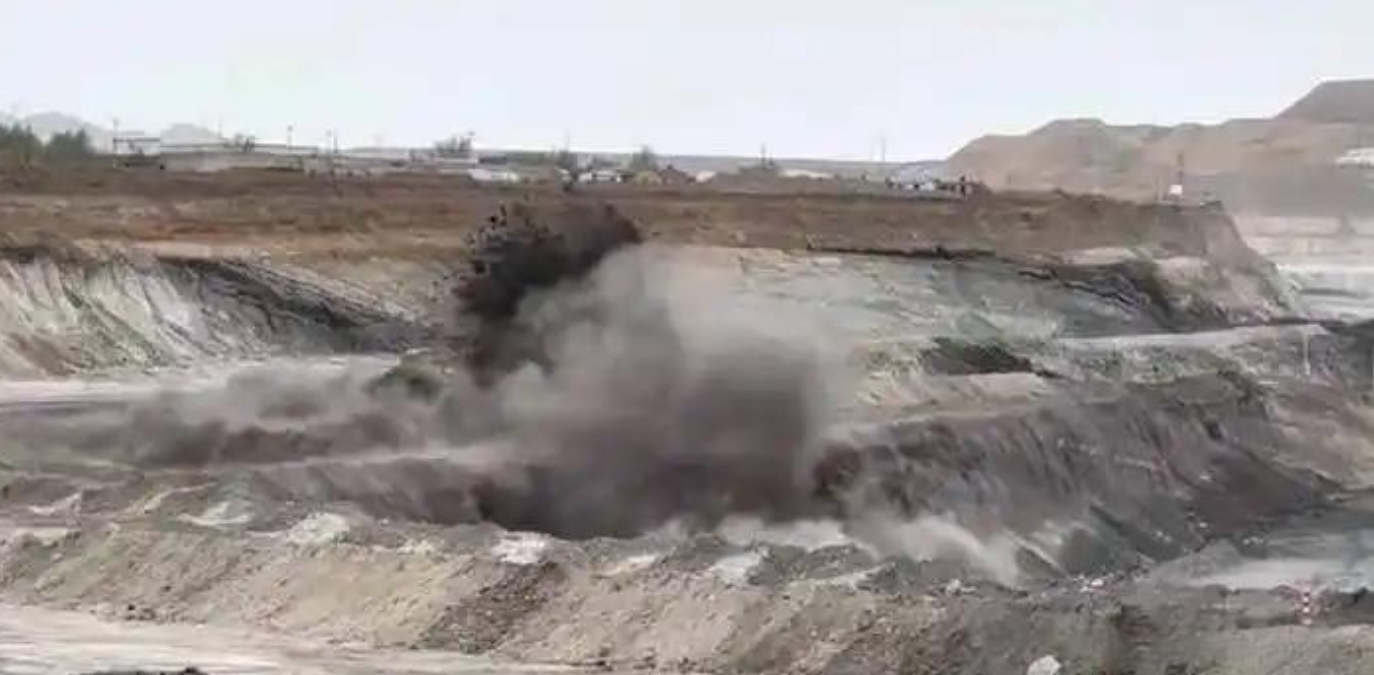
Favorable to the construction of support structures: Since CO2 fracturing causes less damage to the surrounding rock, subsequent tunnel support structures (such as anchors, shotcrete, etc.) can be better integrated with the surrounding rock. The cracks produced on the rock surface are relatively regular, providing more favorable conditions for the installation of anchor rods, and shotcrete can better fill these cracks, enhance the support effect, and thus improve the overall stability of the tunnel.
Safety and environmental protection effects:
Improved safety performance: The tunnel construction environment is usually relatively closed, and there are certain safety risks, such as gas accumulation. CO2 rock blasting technology does not involve explosives, and there is no danger of open flames from explosive explosions, which greatly reduces the possibility of gas explosions. At the same time, there are no flying rocks produced by explosive blasting, which reduces direct damage to construction personnel and equipment. For example, in tunnel mining with gas hazards such as coal mine tunnels, the use of CO2 rock blasting technology can significantly improve the construction safety factor.
Obvious environmental advantages: From an environmental protection perspective, CO2 rock blasting is mainly a physical change process, and will not produce harmful gases such as carbon monoxide and nitrogen oxides like explosive blasting. In a relatively closed space such as a tunnel, reducing the emission of harmful gases is crucial to ensuring the health of construction personnel and the normal operation of the ventilation system. In addition, the amount of dust generated by this technology is relatively small, which is conducive to improving the air quality in the tunnel and reducing damage to the respiratory tract of construction personnel, while also meeting the requirements of environmental protection construction.
